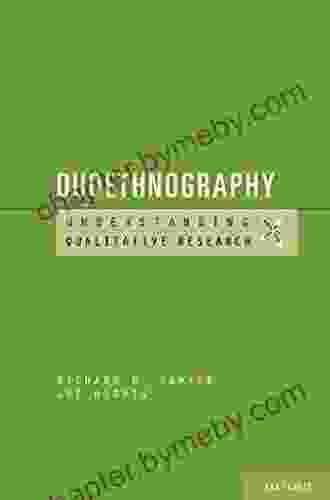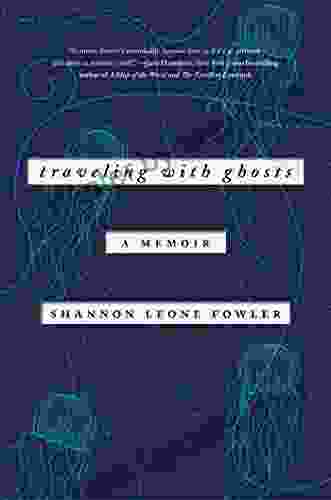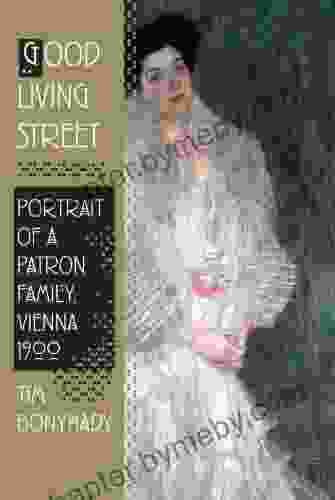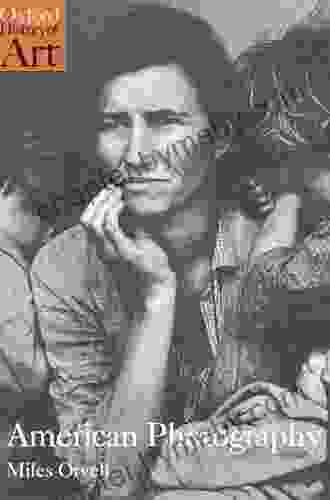Duoethnography: A Comprehensive Guide with Richard Sawyer's Masterpiece

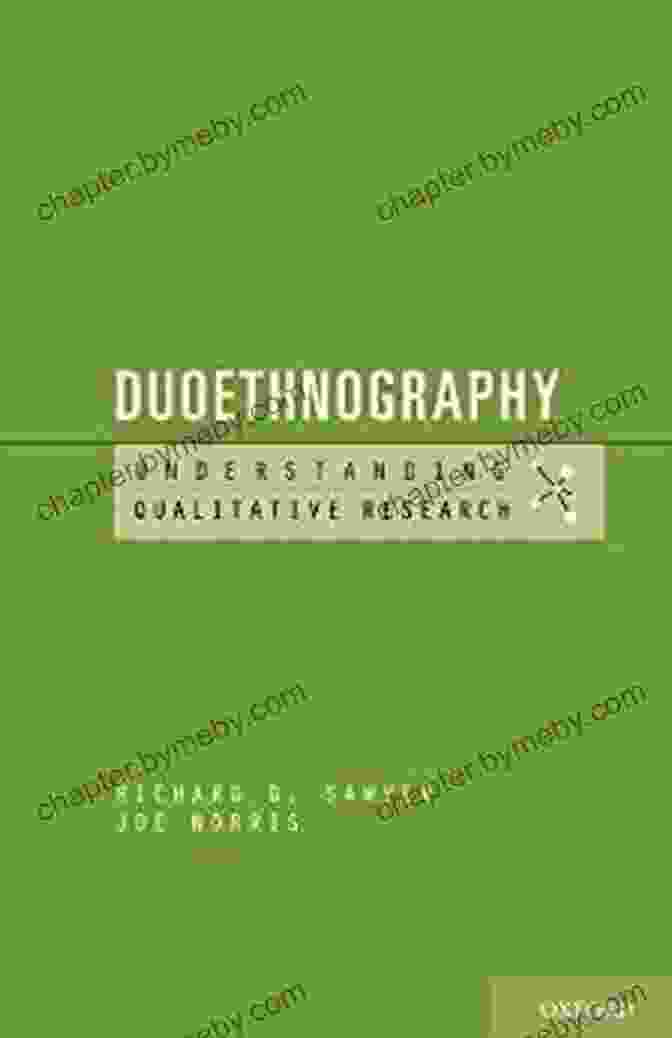
In the ever-evolving landscape of qualitative research, duoethnography has emerged as a potent approach that offers researchers a unique lens to explore complex social phenomena. In his groundbreaking book, "Duoethnography: Understanding Qualitative Research," renowned scholar Richard Sawyer provides a comprehensive roadmap to this innovative methodology. This article will delve into the key concepts, methodologies, and transformative potential of duoethnography, drawing upon Sawyer's invaluable insights.
4.3 out of 5
| Language | : | English |
| File size | : | 2171 KB |
| Screen Reader | : | Supported |
| Print length | : | 142 pages |
| Lending | : | Enabled |
Understanding Duoethnography
Duoethnography, as defined by Sawyer, is a form of collaborative research where researchers engage in deep self-reflection and storytelling to explore the intersections of their personal experiences with broader social contexts. By combining two or more perspectives, duoethnographies offer a nuanced understanding of how personal narratives shape and are shaped by cultural, social, and political forces.
Key Features of Duoethnography
According to Sawyer, duoethnography is characterized by several key features:
- Collaborative Nature: Duoethnographies are inherently collaborative, involving two or more researchers who share their unique perspectives.
- Self-Reflexivity: Researchers engage in deep self-examination and reflection, critically analyzing their own experiences and biases.
- Personal Narratives: Duoethnographies are primarily based on personal narratives, providing rich and evocative accounts of lived experiences.
- Intersectional Analysis: Researchers explore the interconnectedness of their personal narratives with broader social and cultural contexts.
Methodological Considerations
Sawyer outlines a comprehensive set of methodological guidelines for conducting duoethnographic research:
- Choosing Collaborators: Identify research partners who share common interests but offer diverse perspectives.
- Developing a Research Question: Craft a research question that aligns with the collaborative nature of duoethnography and fosters self-reflection.
- Data Collection: Gather data through a variety of methods, including interviews, journaling, and participant observation.
- Data Analysis: Engage in iterative data analysis, considering both individual and collective perspectives.
- Writing the Duoethnography: Collaboratively write the research findings, ensuring that the voices of all researchers are represented.
Benefits and Impact of Duoethnography
Duoethnography offers a multitude of benefits to researchers and participants alike:
- Deepens Understanding: Duoethnographies provide rich and nuanced insights into complex social phenomena.
- Challenges Assumptions: By combining multiple perspectives, duoethnographies challenge taken-for-granted assumptions.
- Promotes Reflexivity: Researchers engage in critical self-reflection, enhancing their understanding of their own research process.
- Fosters Collaboration: Duoethnography promotes collaboration and dialogue among researchers, promoting diverse perspectives.
- Empowers Participants: Participants are active collaborators in the research process, sharing their voices and experiences.
Richard Sawyer's "Duoethnography: Understanding Qualitative Research" is an essential guide for researchers seeking to explore the depths of this innovative methodology. By combining the theoretical underpinnings of duoethnography with practical methodological guidance, Sawyer equips researchers with the tools to conduct rigorous and transformative research. Duoethnography has the power to shed light on complex social issues, challenge societal norms, and empower individuals to share their unique perspectives. As a valuable addition to qualitative research methods, duoethnography continues to inspire researchers to engage with the world in a meaningful and transformative way.
4.3 out of 5
| Language | : | English |
| File size | : | 2171 KB |
| Screen Reader | : | Supported |
| Print length | : | 142 pages |
| Lending | : | Enabled |
Do you want to contribute by writing guest posts on this blog?
Please contact us and send us a resume of previous articles that you have written.
 Book
Book Novel
Novel Page
Page Chapter
Chapter Text
Text Story
Story Genre
Genre Reader
Reader Library
Library Paperback
Paperback E-book
E-book Magazine
Magazine Newspaper
Newspaper Paragraph
Paragraph Sentence
Sentence Bookmark
Bookmark Shelf
Shelf Glossary
Glossary Bibliography
Bibliography Foreword
Foreword Preface
Preface Synopsis
Synopsis Annotation
Annotation Footnote
Footnote Manuscript
Manuscript Scroll
Scroll Codex
Codex Tome
Tome Bestseller
Bestseller Classics
Classics Library card
Library card Narrative
Narrative Biography
Biography Autobiography
Autobiography Memoir
Memoir Reference
Reference Encyclopedia
Encyclopedia Matt Baglio
Matt Baglio Pintip Dunn
Pintip Dunn Rosemarie Lengsfeld Turke
Rosemarie Lengsfeld Turke Maur B Stringer
Maur B Stringer Sara Dallin
Sara Dallin Mia Bay
Mia Bay Melissa Gould
Melissa Gould Paul Abell
Paul Abell Meghan Mccarthy
Meghan Mccarthy Shelley Moore Thomas
Shelley Moore Thomas William Pitts
William Pitts Mike Yorkey
Mike Yorkey Terrance Mulloy
Terrance Mulloy Rene Rodriguez
Rene Rodriguez Melody Groves
Melody Groves Paola Opal
Paola Opal Rex Allen Jones Ii
Rex Allen Jones Ii Megan Whalen Turner
Megan Whalen Turner P J Thorndyke
P J Thorndyke Poe Ballantine
Poe Ballantine
Light bulbAdvertise smarter! Our strategic ad space ensures maximum exposure. Reserve your spot today!

 Darnell MitchellEmbark on an Extraordinary African Adventure with "Another Year in Africa" by...
Darnell MitchellEmbark on an Extraordinary African Adventure with "Another Year in Africa" by... Julio Ramón RibeyroFollow ·14.8k
Julio Ramón RibeyroFollow ·14.8k Chinua AchebeFollow ·6.3k
Chinua AchebeFollow ·6.3k Mikhail BulgakovFollow ·18.8k
Mikhail BulgakovFollow ·18.8k Fabian MitchellFollow ·11.3k
Fabian MitchellFollow ·11.3k Stephen KingFollow ·11.2k
Stephen KingFollow ·11.2k Robert BrowningFollow ·15.6k
Robert BrowningFollow ·15.6k Dashawn HayesFollow ·19.5k
Dashawn HayesFollow ·19.5k Chadwick PowellFollow ·9.4k
Chadwick PowellFollow ·9.4k

 Henry James
Henry JamesCold War Fighter Pilot Story: A Captivating Tale of...
Enter the Cockpit of...

 Rudyard Kipling
Rudyard KiplingYour Body Your Baby Your Choices: The Essential Guide to...
Pregnancy and...

 Fabian Mitchell
Fabian MitchellMichelle Obama: An Intimate Portrait - A Must-Read for...
Michelle Obama is a prominent figure in...

 Juan Butler
Juan ButlerUncover the Secrets of the Dead Land Warshawski Novels
Prepare to delve...
4.3 out of 5
| Language | : | English |
| File size | : | 2171 KB |
| Screen Reader | : | Supported |
| Print length | : | 142 pages |
| Lending | : | Enabled |


